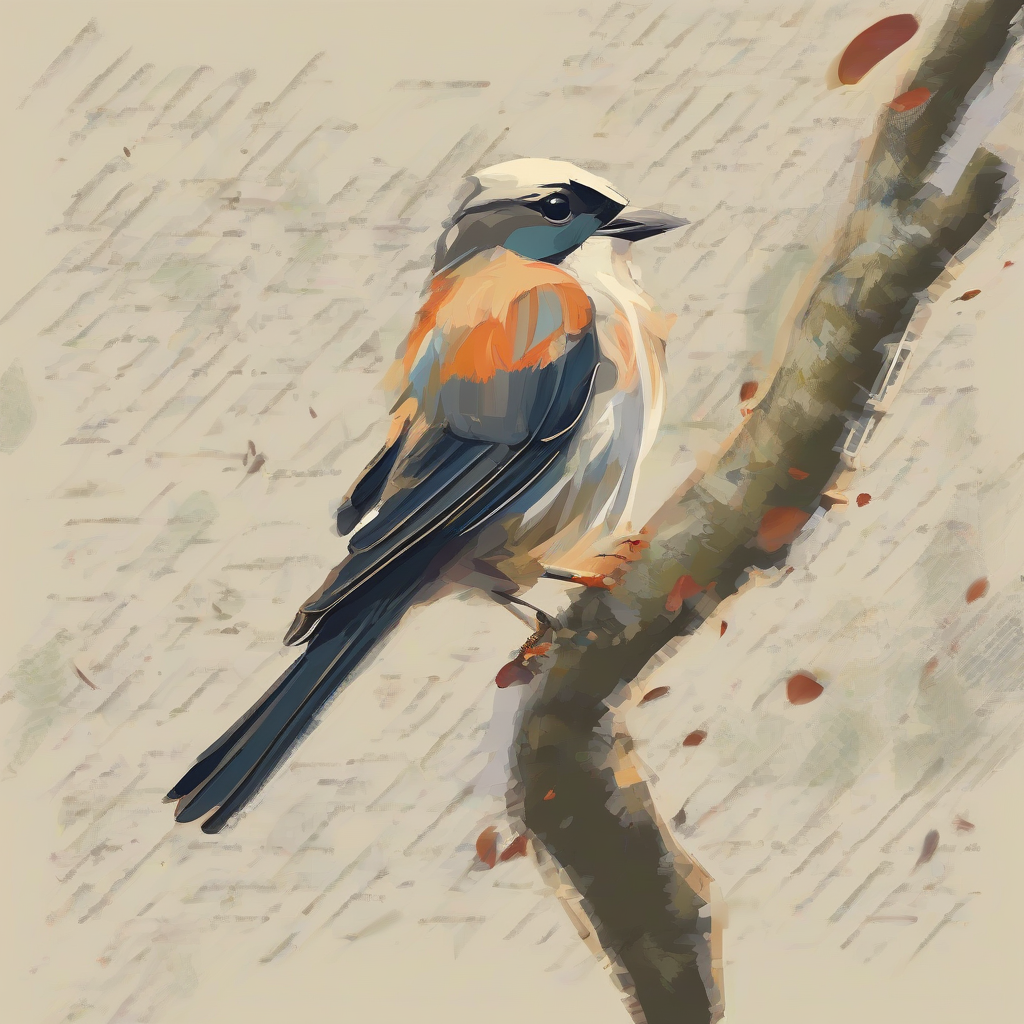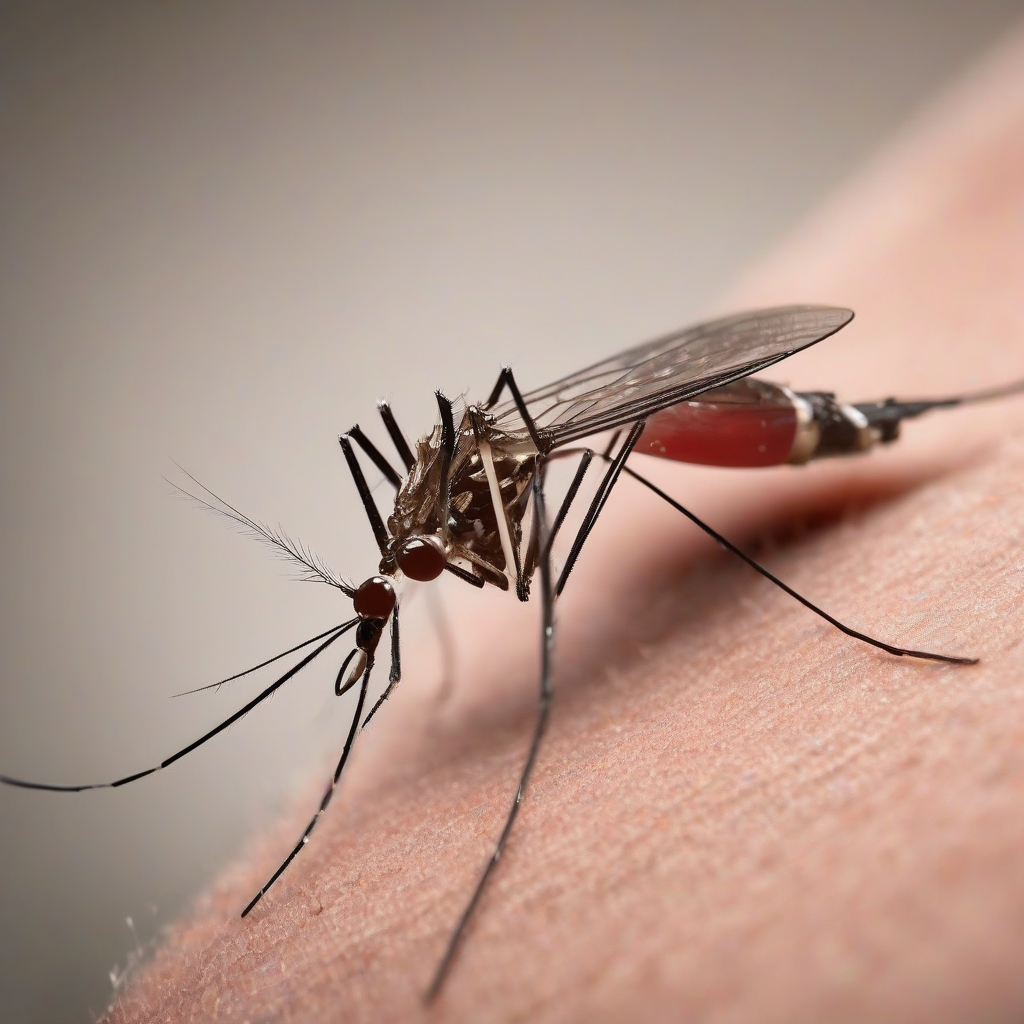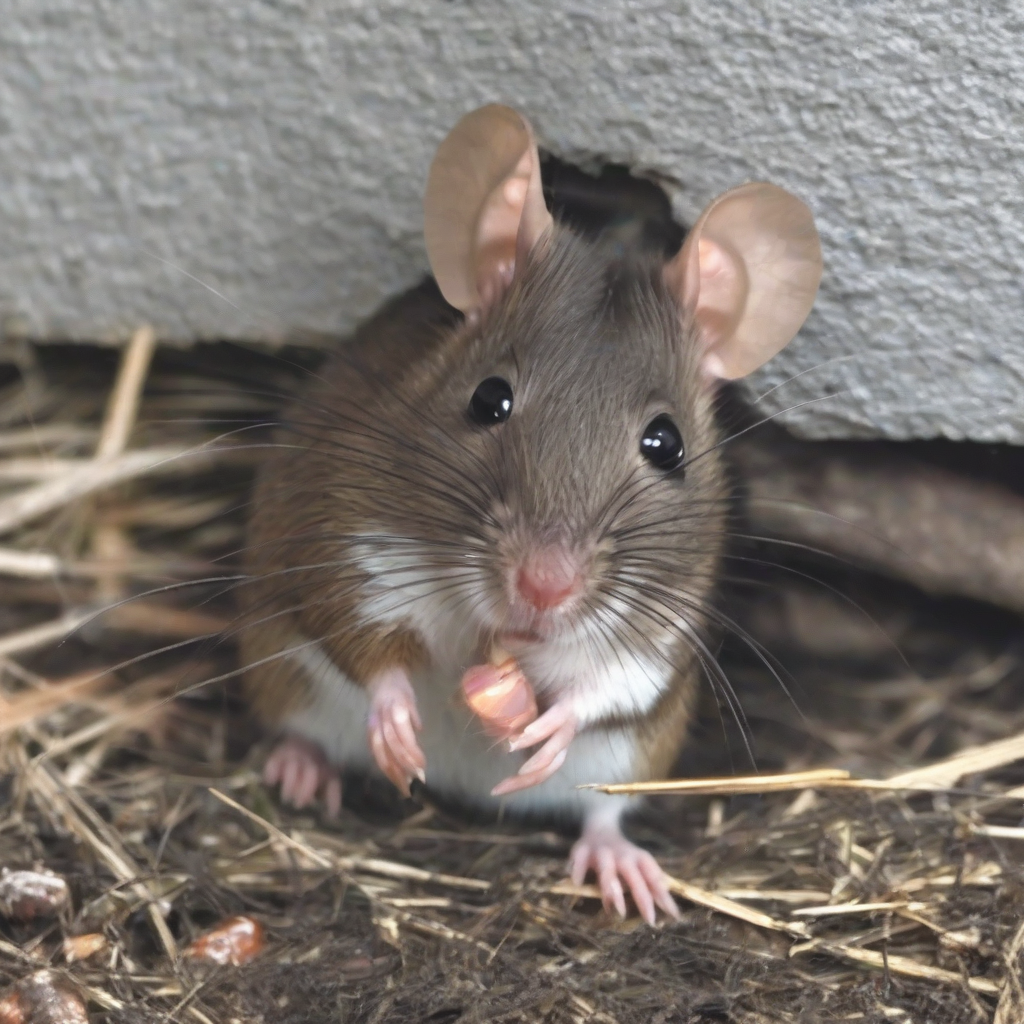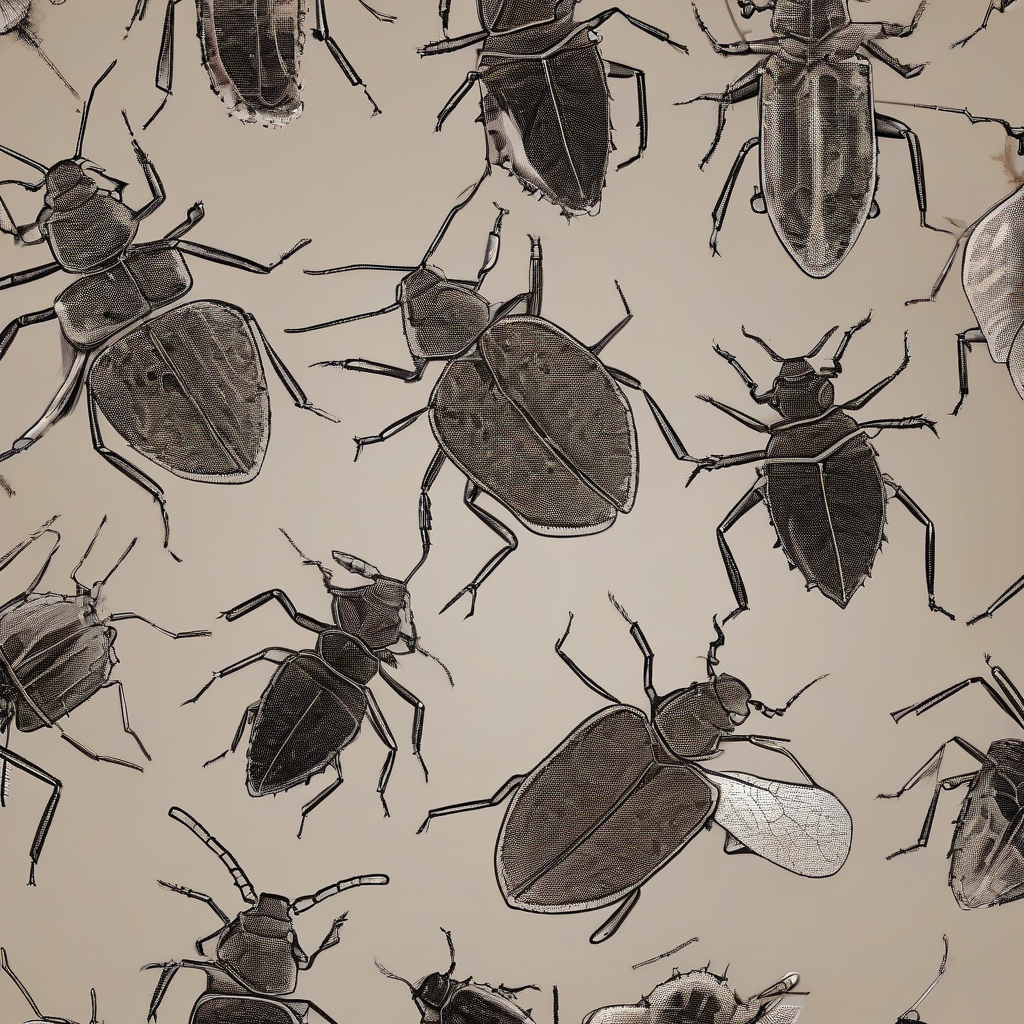Avian Menace: A Comprehensive Guide to Bird Pest Control
Birds, while often appreciated for their beauty and song, can become significant pests, causing considerable damage and health hazards. Understanding bird behavior and employing effective control measures is crucial for minimizing their negative impact on various settings, from residential properties to large-scale agricultural operations.
Understanding Bird Pests
Identifying the specific bird species causing problems is the first step in effective pest control. Different species exhibit varying behaviors and preferences, influencing the most effective control strategies. Common bird pests include:
- Pigeons: Known for their adaptability and large flocks, pigeons contaminate surfaces with droppings, posing health risks and structural damage.
- Starlings: Highly social birds, starlings can form massive roosts, leading to significant noise pollution and substantial fouling of buildings and surroundings.
- Sparrows: These small birds can infest buildings, nesting in cavities and creating significant mess with their droppings and nests.
- Blackbirds: Often problematic in agricultural settings, blackbirds can decimate crops and cause considerable economic losses.
- Seagulls: Primarily coastal birds, seagulls can be a nuisance near beaches and harbors, leaving behind large amounts of waste.
Understanding the bird’s foraging habits, nesting preferences, and roosting sites is essential for targeting control methods effectively. For instance, pigeons often prefer ledges and flat surfaces, while sparrows favor crevices and holes.
Non-Lethal Bird Control Methods
Prioritizing humane and non-lethal methods is crucial for ethical and often legal reasons. These methods focus on deterring birds from specific areas rather than harming them.
Visual Deterrents
- Bird Spikes: These devices prevent birds from landing on surfaces like ledges, window sills, and beams. They are effective but require careful placement to avoid harming the birds.
- Bird Netting: Nets can be used to cover vulnerable areas, preventing birds from accessing them. Regular inspection is crucial to ensure birds are not trapped.
- Shiny Objects: Hanging reflective objects, such as Mylar tape or balloons, can scare birds away due to their movement and glint.
- Scarecrows: While often ineffective in the long term, scarecrows can provide temporary deterrence, especially when combined with other methods.
- Predatory Decoys: Placing decoys of birds of prey (owls, hawks) can deter birds, but their effectiveness can diminish over time.
Auditory Deterrents
- Ultrasonic Devices: These devices emit high-frequency sounds that are unpleasant to birds but generally inaudible to humans. Effectiveness varies depending on the species and environmental factors.
- Distress Calls: Playing recordings of bird distress calls can temporarily deter birds from an area, but prolonged use can lead to habituation.
Other Non-Lethal Methods
- Removing Food Sources: Eliminating readily available food sources, such as spilled garbage, open bins, and ripe fruit, can significantly reduce bird attraction.
- Removing Nesting Sites: Sealing holes and crevices in buildings and removing existing nests can discourage birds from nesting in undesirable locations. This should be done carefully, adhering to local wildlife regulations.
- Modifying Habitats: Pruning overhanging branches and maintaining clean environments can reduce attractive nesting and roosting sites.
Lethal Bird Control Methods
Lethal methods should only be considered as a last resort, when non-lethal methods have proven ineffective and the bird population poses a serious health or safety risk. These methods require strict adherence to local regulations and often necessitate professional intervention.
Trapping and Relocation
- Trapping: Live trapping allows for the humane removal of birds from a specific area. Relocation should be done in accordance with local regulations and ideally to a suitable habitat away from human activity.
Chemical Control
- Avicides: These are chemical substances designed to kill birds. Their use is highly regulated, requiring permits and specific expertise. Improper use can have serious consequences for non-target species and the environment.
Important Note: Lethal control methods should only be employed by qualified pest control professionals with the necessary licenses and expertise. Improper handling of avicides can pose risks to human health and the environment.
Choosing the Right Approach
Selecting the most appropriate bird control strategy depends on several factors:
- Type of bird: Different species respond differently to various control methods.
- Severity of the infestation: A small number of birds may require simple deterrents, while a large infestation may necessitate more intensive measures.
- Location: The environment and surroundings influence the effectiveness of different methods.
- Legal restrictions: Local regulations dictate permissible control methods.
- Ethical considerations: Prioritizing humane and environmentally friendly methods is crucial.
It is often beneficial to implement a combination of non-lethal methods to achieve the best results. A multi-pronged approach can deter birds effectively while minimizing harm.
Professional Bird Control Services
For severe infestations or situations requiring specialized expertise, engaging professional bird control services is recommended. Experienced professionals can assess the situation, identify the bird species, and recommend appropriate control measures, ensuring compliance with all legal regulations.
Professional services often offer a range of solutions, including:
- Site surveys and assessments: To determine the extent of the infestation and identify the specific bird species.
- Installation of deterrents: Professional installation ensures effectiveness and longevity.
- Removal of nests and droppings: Done safely and hygienically.
- Trapping and relocation (where permissible): Conducted humanely and in accordance with regulations.
- Ongoing maintenance and monitoring: To ensure long-term effectiveness.
Preventing Bird Infestations
Proactive measures can significantly reduce the likelihood of bird infestations. These preventative steps should be part of any comprehensive bird pest management plan.
- Regular cleaning: Removing food debris, droppings, and spilled materials discourages bird attraction.
- Sealing openings and crevices: Prevents birds from nesting in buildings and structures.
- Proper waste management: Securing garbage bins and disposing of waste properly minimizes food availability.
- Landscape management: Pruning overhanging branches and maintaining a clean environment reduces attractive nesting sites.
- Regular inspections: Early detection of bird activity allows for prompt intervention.
Implementing these preventative measures in conjunction with appropriate control methods can effectively manage bird populations and minimize their negative impact.
Legal and Ethical Considerations
Bird control activities are subject to various legal and ethical considerations. It’s crucial to understand and comply with local, state, and federal regulations regarding bird control methods. Many species are protected by law, and harming or disturbing them without proper permits can result in significant penalties.
Ethical considerations emphasize the humane treatment of birds. Prioritizing non-lethal methods whenever possible is essential, minimizing harm and promoting responsible wildlife management.
Health and Safety
Bird droppings can pose significant health risks, carrying various pathogens. Cleaning up bird droppings should be done carefully, using appropriate protective gear, such as gloves and masks. Professional cleaning services may be necessary for large-scale infestations.
Furthermore, some bird control methods, especially lethal ones, pose safety risks if not handled correctly. Professional expertise is crucial to ensure safe and effective implementation.





